If you’re a homeowner, you might find yourself curious about the financial maneuver known as a cash-out refinance loan. In its essence, a cash-out refinance allows you to take advantage of the equity you’ve built in your home by refinancing your mortgage for an amount larger than what you currently owe, then pocketing the difference in cash.
When you choose to go the cash-out route, you’re initiating a brand-new mortgage. This differs from traditional refinancing where the goal is typically to secure a lower interest rate or change the loan terms without tapping into home equity. With cash-out refinancing, your new mortgage will be the sum of your original mortgage balance plus the extra cash you decided to take out.
To demystify the process: imagine you have a home worth $300,000 and a remaining mortgage balance of $200,000. In a cash-out refinance, you might obtain a new loan of $240,000. After paying off the original $200,000 mortgage, the remaining $40,000 (minus any closing costs) is yours to use as you see fit.
Understanding this type of loan is paramount because it can be a tool to significantly alter your financial situation. It requires careful consideration, as it involves your most valuable asset — your home. As you contemplate whether a cash-out refinance is a practical move, you’ll need to consider the potential advantages it offers.
The Benefits of Cash-Out Refinancing
Exploring the potential benefits of a cash-out refinance loan, it’s important to realize the opportunities this financial move can offer. One of the most straightforward advantages is the access to better interest rates, which can be especially beneficial if rates have dropped since you first secured your mortgage. This could reduce your monthly payment and save you a significant amount of money over the life of your loan.
Another key advantage is the opportunity to convert part of your home equity into cash. This is the heart of a cash-out refinance. Essentially, it allows you to borrow more than you owe on your current mortgage and take the difference in cash. It’s a powerful tool that can provide you with a substantial sum to meet large expenses such as home renovations, education costs, or other big-ticket items.
Moreover, cash-out refinancing can offer a path for debt consolidation. By using the cash from the refinance to pay off high-interest debts like credit cards or personal loans, you can streamline your finances into one lower-interest payment. This can not only simplify your financial management but also potentially improve your credit score over time as you pay down debt.
Finally, for homeowners looking to invest in their property, cash-out refinancing can give you the necessary funds for home improvements. Whether it’s upgrading your kitchen or adding a new room, these improvements can increase your home’s value. Also, if you’re considering using the cash to invest in other opportunities, a cash-out refinance can provide the capital you need to potentially yield a greater return on investment.
With these benefits in mind, it’s essential to approach cash-out refinancing with a clear understanding of your financial situation and long-term goals. Which brings us to the crucial question: Is cash-out refinancing the right move for you?
Evaluating Whether Cash-Out Refinancing is Right for You
Making a wise decision on cash-out refinancing requires a thorough assessment of your unique financial situation. You must weigh current debts, monthly income, and long-term financial plans.
Calculating the potential new mortgage amount versus your property value is crucial. Generally, you can’t borrow more than 80% of your home’s value. This threshold protects you and the lender.
Next, think about your long-term financial objectives. Are you aiming to reduce monthly expenses, alter your investment strategy, or prepare for retirement? Your goals will shape whether cash-out refinancing is beneficial for you.
Finally, consider how this decision might affect your credit score. Since taking on more debt could impact your credit utilization ratio, it’s important to forecast the potential effects before proceeding.

Navigating the Cash-Out Refinance Process
Embarking on the cash-out refinance journey demands attention to detail and a clear understanding of the financial implications. It’s a multi-step process that you should enter with full knowledge of the requirements and potential outcomes.
Start by researching potential lenders to find the most favorable rates and terms. Some may offer better interest rates or lower fees, so it’s crucial to compare your options.
An appraisal of your property will be needed to determine its current value. This will influence the loan-to-value ratio, an essential factor that lenders use to decide how much you can borrow.
Be prepared for the associated costs. Closing costs can sometimes be substantial and might include appraisal fees, attorney fees, and possibly private mortgage insurance if your loan-to-value ratio is high.
Swiftly completing paperwork and providing the required documentation will help expedite the process. You’ll likely need proof of income, tax documents, home insurance, and more, depending on your lender’s requirements.
Once you’re approved, it’s crucial to have a plan for using the funds. Remember, you’re borrowing against the equity in your home, so use the funds wisely, whether that’s for home improvements, debt consolidation, or another significant financial goal.
Lastly, stay informed about your loan terms and be alert for any future opportunities to refinance again, if it makes sense for your financial situation. Your diligence here could lead to greater benefits down the line.

This post aims to be informative and engaging. If you found the content helpful, I’d love to hear your thoughts in the comments below.
Do you have any questions related to the topic or feel something needs further explanation? Feel free to ask! I’m always happy to provide additional information or resources that might be helpful. Thank you.

